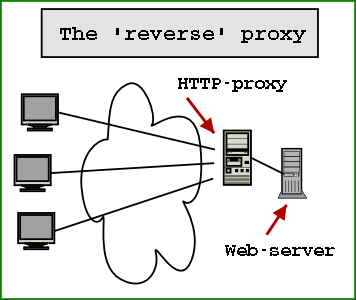

This is evidenced by the low number of "UNSURE" results, the majority of which are some flavour of MapBender impersonating deegree. We leant towards false negatives, meaning if we weren't sure it was unique, we wouldn't use it as a fingerprint. Using these various fingerprints we can then assign a server-score to the response depending on which factors it meets. For example default service titles (" MapGuide WMS Server") and abstracts, or a ridiculously long, 5000+ item list of default projections that the server supports that 1 in 6 GeoServer administrators hasn't culled. We can also rely on lazy administrators who have left defaults in place. For example: A unique XML namespace for example a comment that explicitly says what it is: (hmm, what could that be?) a certain combination of supported formats and even the path component of the URL to the service: /thredds/wms/Datasets/NARR/Monthlies/monolevel/.nc. The short version is that most servers return unique components in their responses (which are XML documents) that allow us to fingerprint them. That's the end of the stats, but for those interested in how it was done, read on. THREDDS then carries this over to a very high number of datasets per deployment as well, explaining why with such a low number of deployments it still serves more datasets than all of the non-ArcGIS proprietary systems combined. It also shows how different servers structure themselves MapServer has a lot of services per deployment, and THREDDS has a huge number. This further reinforces the point that ArcGIS deployments don't have many datasets on them as compared to the Open Source variants. Includes the average (mean) number of services and datasets per deployment. If you group the proprietary/open source servers together, things become even more interesting: Open Source has a much healthier ecosystem, with MapServer and GeoServer having very large deployment counts, and niche servers like THREDDS (oceanic data community), and GeoWebCache (caching server) also serving up alot of data.
#Request portal american systems mapproxy net software#
Barely a rounding error! It's likely there are a few more different pieces of proprietary software in the UNKNOWN grouping, but probably not enough to make a real difference. The next obvious thing in regards to proprietary is that outside of ArcGIS, the rest of them aren't even "also rans", totalling just 2.12% of the deployments and are behind only 0.75% of the datasets served. The rest are likely only serving via ESRI standards. In reality, there are actually a lot more ArcGIS servers out there (at least ~4,900 in our index), but here we're only counting the ones that are serving WMS/WFS/WMTS/WCS. The first thing that jumps out is that ArcGIS has a huge number of deployments at 2,733, that's 53.7% of them. UNSURE means it could be one of several things. Type of geospatial server software and its count of deployments, as well as the number of hosted services and datasets provided by it. , and are two deployments) Service = A single service, the thing you get when you copy/paste a WMS/WFS/WCS/WMTS URL into your GIS. Note: Deployment = At least one instance of this software, grouped by domain (i.e. The question we're answering is: What's the most deployed software out there for serving up publicly accessible geospatial data via WMS, WFS, WCS, and WMTS services? While that may read like a lot of caveats, this isn't a tabloid newspaper! Here are the results in one big table. For example, the software that hosts the most datasets is easily GeoServer. But as ever with these things, there's a much more nuanced story to tell. After all, what's the point of having the world's largest index of geospatial web services at your fingertips (shameless plug!) if you're not going to use it to answer interesting questions? The answer is.

One of the things we've been meaning to do for a long time is investigate which geospatial server software is most prevalent for serving up all these services GeoSeer has in its index.


 0 kommentar(er)
0 kommentar(er)
